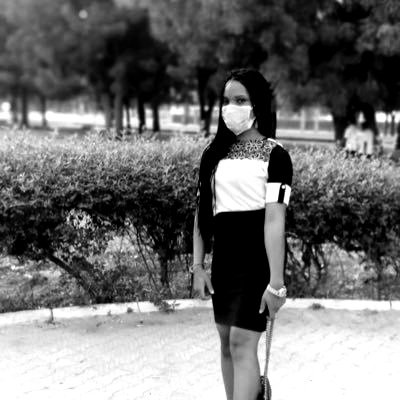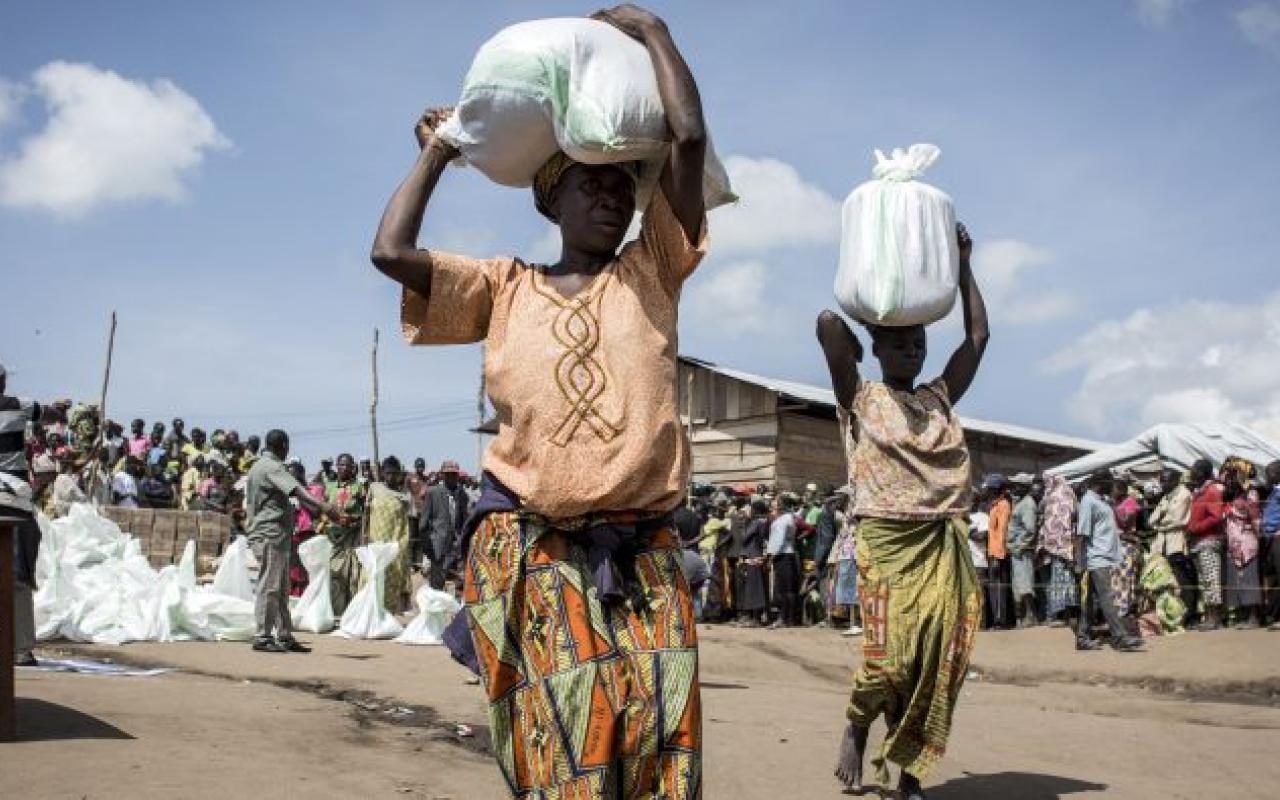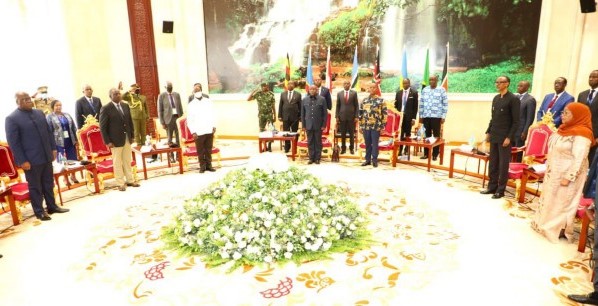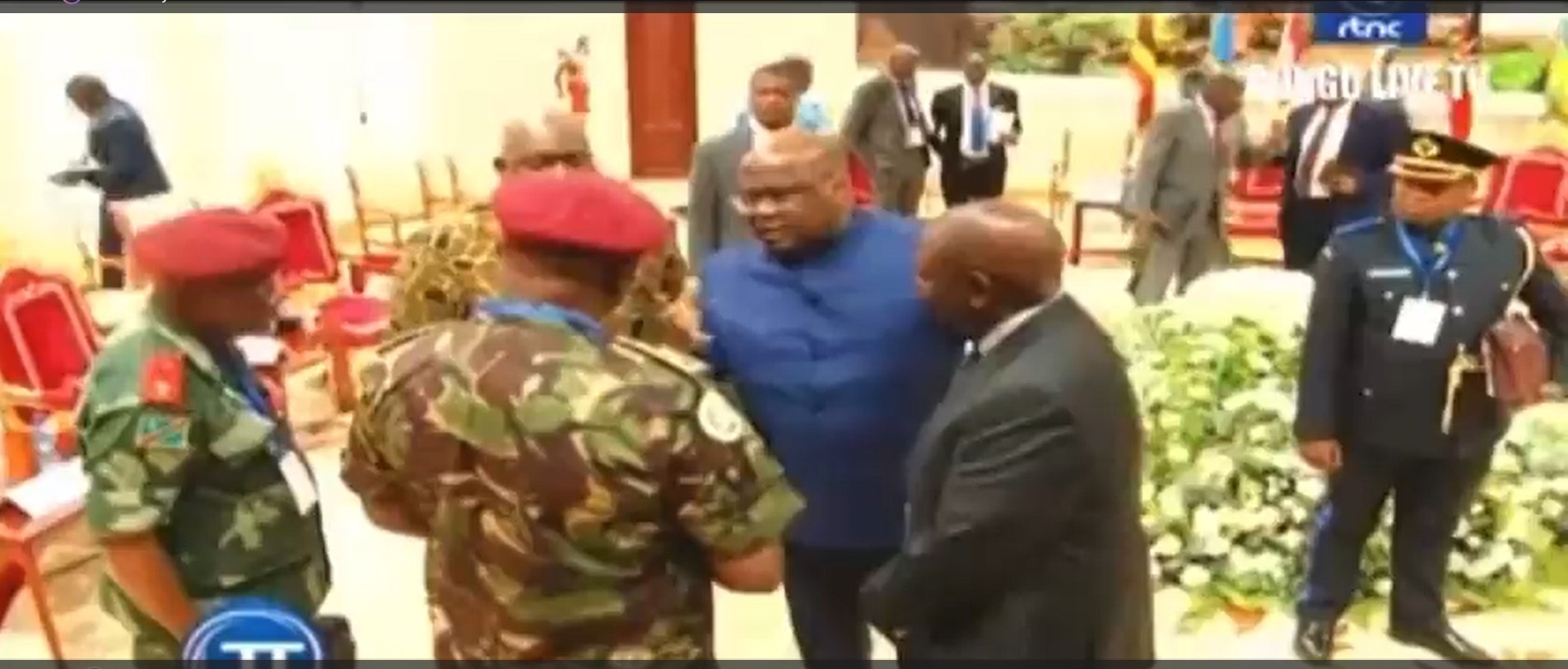Regional
DRC crisis: What's the fate of the regional force?
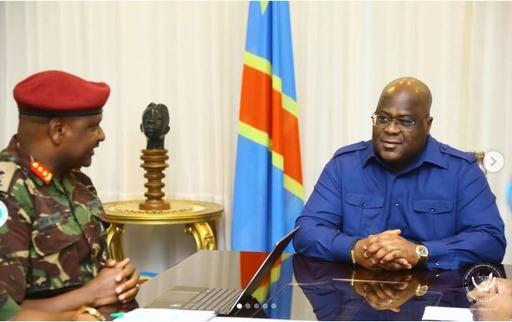
EACRF commander Nyagah meets DRC President Tshisekedi in Kinshasa
The
Democratic Republic of Congo continues to struggle with insecurity.
As a
way to quell the violence in the east of the country, in June 2022, the East
African Community leadership, through the Nairobi process, decided to deploy a regional
force in the volatile east of the country.
The
DRC joined the EAC in March 2022. Congolese President Félix Tshisekedi used the
occasion of the DRC’s accession to ask his counterparts for help in tackling
the hundreds of armed groups in his country. Shortly afterward, the bloc agreed
to establish a joint force to stem the violence.
In November
2022, the first batch of the regional force that comprised Kenyan soldiers
landed in Goma, capital of DRC’s North Kivu province. The regional force’s
mandate is to contain, defeat and eradicate all foreign armed forces, and other
local armed groups who would refuse to join the political dialogue geared
towards a return of normalcy in the eastern DRC.
Once
in Goma, the Force Commander, Maj Gen Jeff Nyagah, called for an immediate
cessation of hostilities especially the targeted attacks on civilians who
continue to bear the brunt of the ongoing conflict, and further declared that
the Kenyan troops’ mission is the disarmament and demobilization of armed
groups who have instigated a significant degree of insecurity. His warning was
not only targeting the M23 rebels.
To
date, the regional force, EACRF, controls the areas of Kabaya, Biluma, and
Rumangabo in Rutshuru territory. These are localities that the M23 rebels
vacated, in compliance with the November 2022 Luanda agreement.
Despite
all the good intentions, EACRF has been dogged by protests in Goma, in January
and February.
Angry
demonstrators have accused the regional force of not fighting the M23 rebels. Emboldened
by their political and military leaders, including as senior as President
Tshisekedi, the demonstrators are increasingly threatening the regional force
to leave the country if it does not fight the rebels.
On
top of the demonstrations, On February 4, after an Extra-Ordinary Summit of EAC
Heads of State, President Tshisekedi, undiplomatically confronted, Gen Nyagah, over
the fact that he had not moved against the M23 rebels. Tshisekedi told him to
not favor the M23.
A
video of this incident went viral on social media a day before demonstrations
against the regional force took place in Goma. Tshisekedi showed his
frustration with EACRF for failing to use military force to defeat the M23.
All
these incidents raise some questions.
How
will the regional force fulfil its mandate? Does Tshisekedi really want them to
help bring peace, or he has other ulterior motives? And, considering the
circumstances, what is their future in eastern DRC?
Clearly,
Kinshasa is eager for a military solution rather than dialogue. How does
Tshisekedi expect the regional force to take offensive action against the M23
rebels and leave out the more than 130 other local and foreign armed groups
operating in eastern DRC? Why is Kinshasa’s focus only on a local rebel group
that has a legitimate cause for fighting?
Unlike
all other armed groups on Congolese soil, the M23 rebels – Kinshasa has called
them terrorists in a plot to alienate them – are the only ones with a genuine
reason for taking up arms to fight against the government.
The
M23 rebels are fighting against a government that has deprived their
communities, the Congolese Tutsi, of the right to citizenship. Their community
is persecuted and a genocide against it is gradually being implemented. No one
seems to care about their plight.
As
the international community watches atrocities committed against them, without
acting, the rebels know they must defend themselves. As the Congolese
government buys time and arms and recruits mercenaries, in preparation for a full scale onslaught,
the rebels might not just sit and watch.
Some
of the most dangerous foreign armed groups in eastern DRC include FDLR, a
genocidal militia force formed by remnants of the perpetrators of the 1994
genocide against the Tutsi in Rwanda, and Uganda’s ADF, a terrorist group
responsible for several deadly attacks in Kampala.
The
threat posed by the former to Rwanda is never given much attention by Kinshasa.
The
Congolese army and its coalition comprising Russian and French mercenaries,
FDLR, and other local militias, have launched attacks against the M23 rebels.
As
the December elections approach, Tshisekedi continues to reject the path of
political dialogue and peace. He thrives in chaos. To stay in power, because he
knows he is so unpopular, his strategy is that of fanning the flames of war and
scapegoating Rwanda for all the ills plaguing his war weary country.
Kinshasa’s
attitude in diverting the initial agenda of the bloc’s peace efforts, refusing
dialogue, blaming supposed foreign backers for their entire insecurity issues,
is the reason why a peaceful DRC will always be wishful thinking.
Tshisekedi
is determined to derail the peace process.
In this
case, the fate of the regional force - whether more troops from Uganda and
South Sudan are deployed or not - is in the hands of other EAC leaders.


